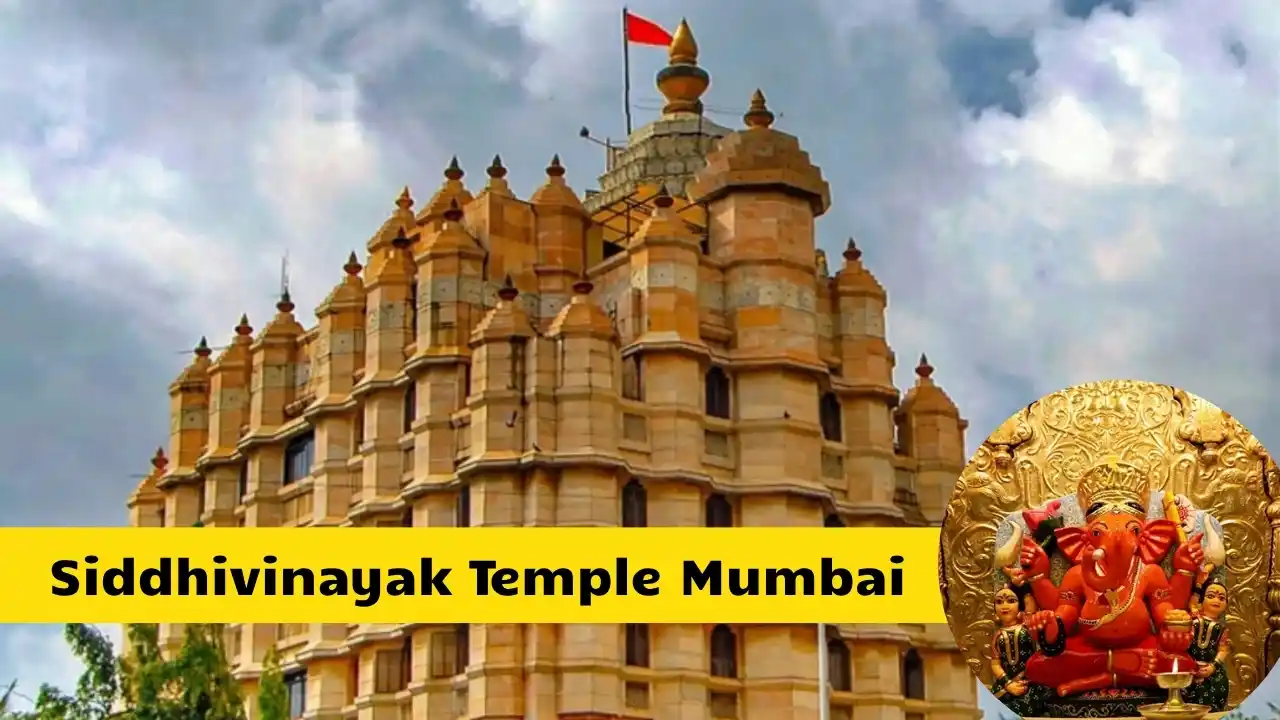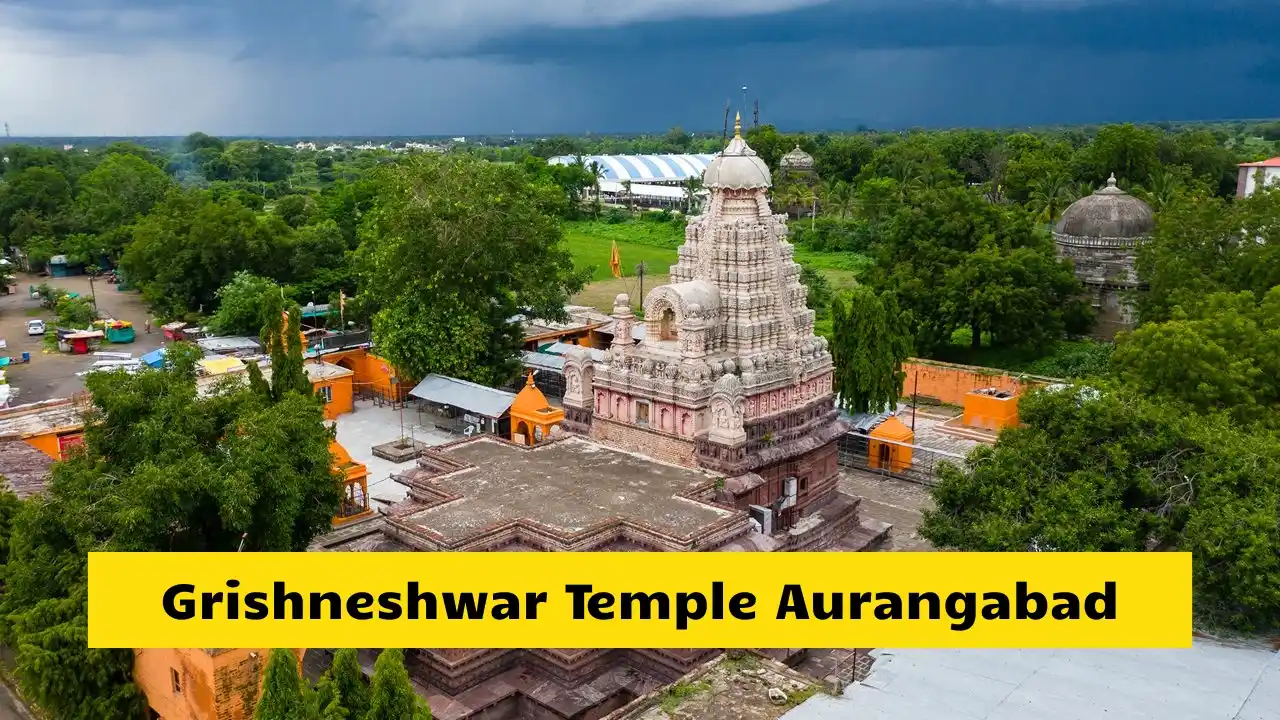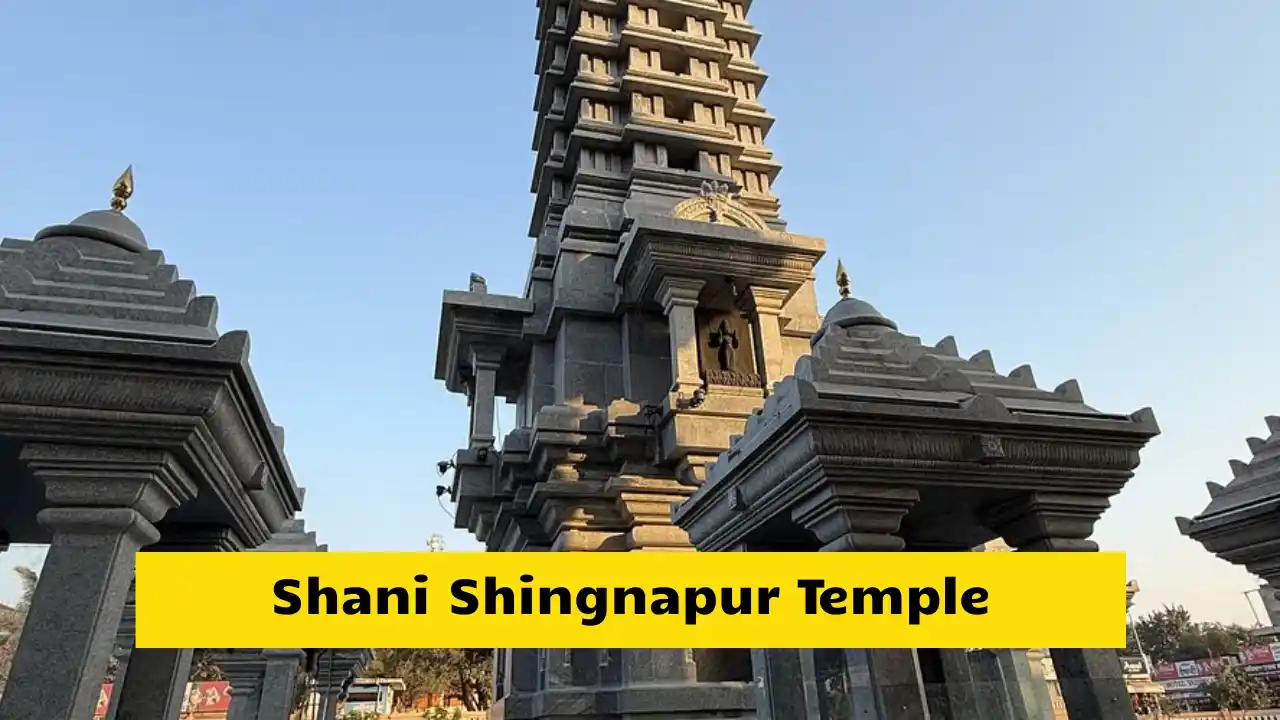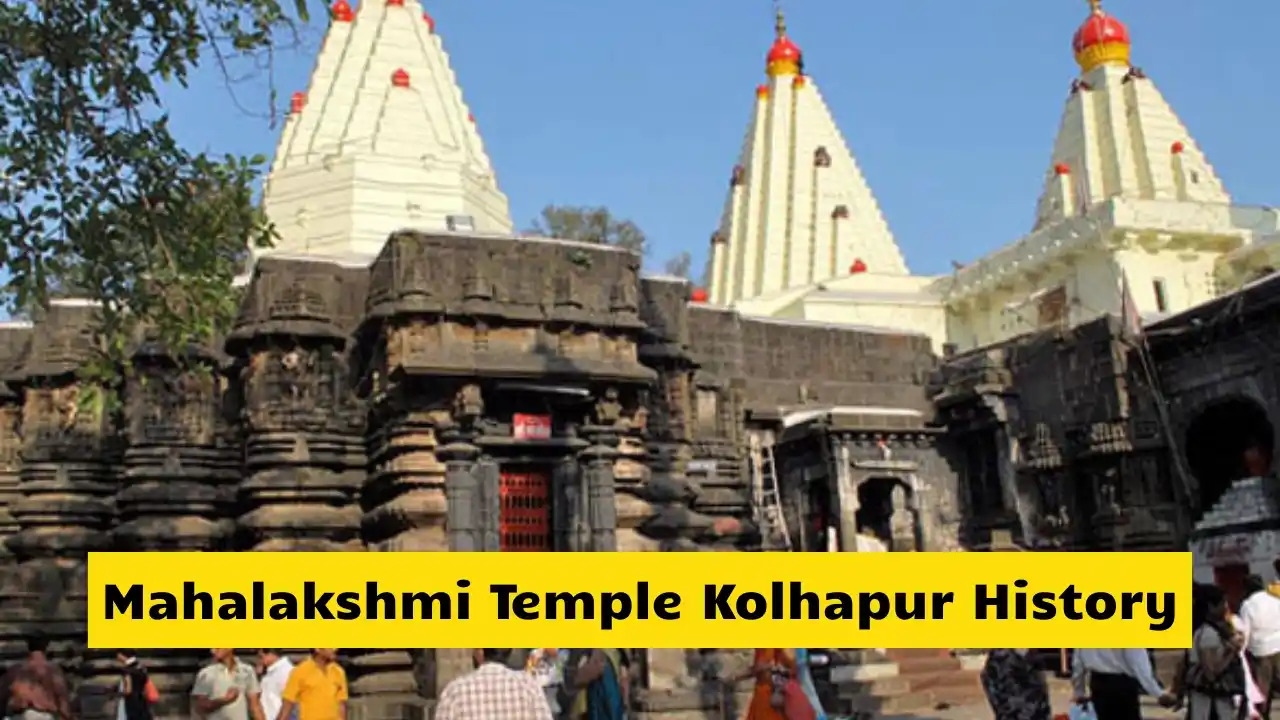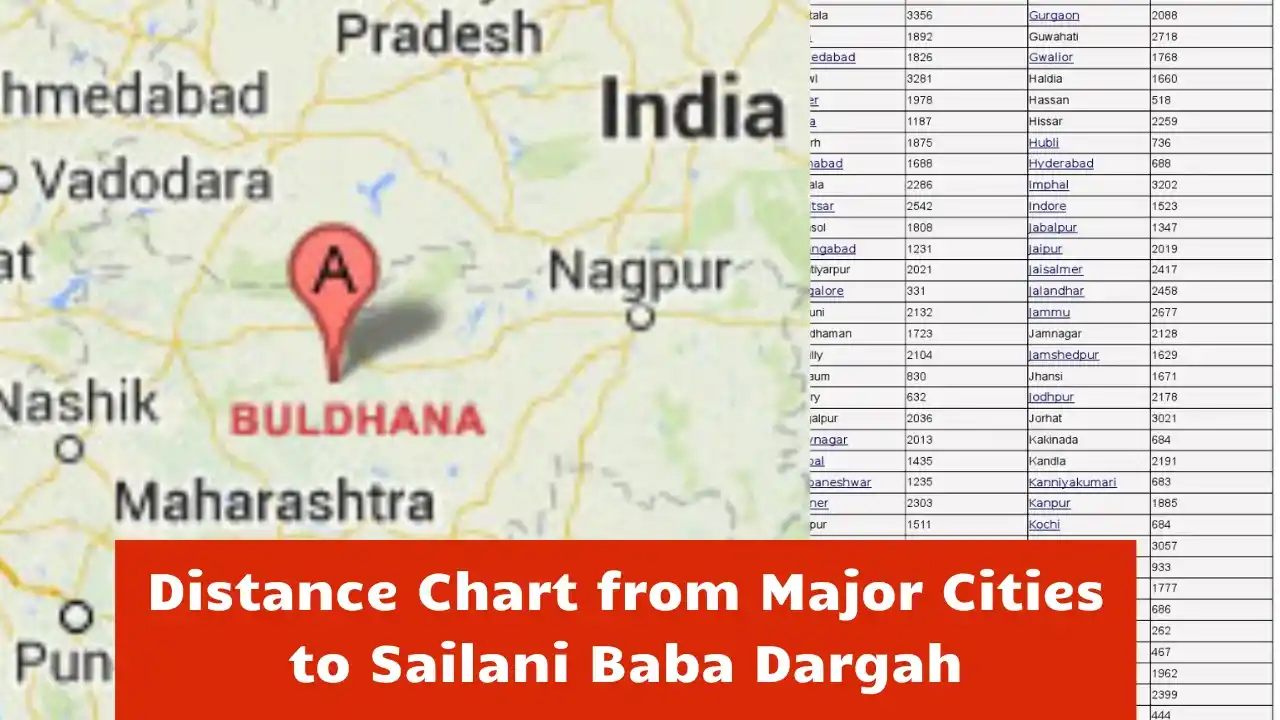Shirdi Sai Baba Temple in Ahmednagar district of Maharashtra is one of the most sacred and visited pilgrimage sites in India. It is the resting place of Sai Baba of Shirdi, a saint who taught the values of love, charity, and equality among all religions. Millions of devotees from across the world visit this holy place every year to seek peace, blessings, and spiritual strength. The temple complex is managed by the Shri Saibaba Sansthan Trust, which provides facilities for worship, accommodation, and free meals to devotees.
History of Shirdi Sai Baba
Sai Baba arrived in Shirdi as a young fakir in the mid-19th century. He lived a simple life in a mosque, which he later named Dwarkamai. His teachings were based on faith in God, patience, and helping others without discrimination. He performed miracles, healed the sick, and guided his followers to live with honesty and kindness. In 1918, Sai Baba took Samadhi, and his tomb was built in the present Samadhi Mandir. Over the years, his devotees expanded the area into a large temple complex that stands today as one of India’s most peaceful and powerful spiritual destinations.
Location and How to Reach
Shirdi is located in the Ahmednagar district of Maharashtra, around 240 kilometers from Mumbai and 190 kilometers from Pune. It is easily accessible by road, rail, and air.
By Train: Shirdi has its own railway station called Sainagar Shirdi Railway Station (SNSI), which connects to Mumbai, Delhi, Chennai, and Hyderabad.
By Bus: Maharashtra State Transport (MSRTC) and private buses operate regular services from Mumbai, Pune, Nashik, and Aurangabad.
By Air: The nearest airport is Shirdi International Airport, located about 14 kilometers from the temple. Daily flights are available from Mumbai, Delhi, and Hyderabad.
Temple Complex Overview
The Shirdi Sai Baba Temple complex is spread over a large area and includes several holy places associated with the saint’s life. Each spot holds spiritual importance and is visited by every devotee.
Samadhi Mandir: The main temple houses the marble idol of Sai Baba seated on a throne, and below it lies his Samadhi (tomb). The idol is beautifully decorated with gold ornaments and flowers. Thousands of devotees stand in long queues daily to have darshan.
Dwarkamai Mosque: This was Sai Baba’s home during his lifetime. It contains the sacred Dhuni (fire) that Baba lit, which still burns continuously.
Chavadi: A small building where Sai Baba used to sleep on alternate nights. It is now a sacred place of prayer.
Lendi Baug: A beautiful garden where Sai Baba used to meditate and water plants every morning.
Hanuman Temple and Gurusthan: Important spots that devotees visit during the temple round.
Darshan Timings
The temple opens early in the morning and remains open until late at night, allowing devotees to offer prayers and attend various aartis throughout the day.
- Kakad Aarti (Morning): 4:30 AM to 5:00 AM
- Midday Aarti: 12:00 PM to 12:30 PM
- Dhoop Aarti (Evening): 6:00 PM to 6:30 PM
- Shej Aarti (Night): 10:30 PM to 10:50 PM
Note: On Thursdays, weekends, and festivals, the temple is extremely crowded. Devotees should reach early or book online darshan passes from the official website.
Aarti and Rituals
Aartis are the main part of Sai Baba’s worship. The sound of prayers, bells, and chants fills the air during every session. Devotees can also offer flowers, sweets, and coconuts. Many devotees read Sai Satcharitra, the holy book that describes Sai Baba’s life and miracles. The temple also organizes Abhishek Puja, Satyanarayan Katha, and Annadan (food donation) regularly.
Accommodation for Devotees
The Shri Saibaba Sansthan Trust runs several accommodation complexes near the temple, offering clean and affordable rooms.
- Sai Ashram: 1,500 rooms with dormitories and AC options.
- Dwarawati: 334 rooms with lift and canteen facilities.
- Sai Bhakta Niwas: Budget-friendly rooms for large groups and families.
Private hotels and lodges are also available around the temple for those who prefer extra comfort. Booking can be done online through the Sansthan’s website or in person at the booking counter.
Food and Prasadalaya
The temple trust runs a large Prasadalaya (dining hall) that serves free vegetarian meals to thousands of devotees every day. The food is simple, clean, and prepared under strict hygiene. Devotees can also find many restaurants near the temple that serve South Indian, North Indian, and Maharashtrian food. Outside the temple, stalls offer prasad, sweets, and flowers.
Festivals and Celebrations
Shirdi celebrates several important festivals throughout the year. The biggest is the Rath Yatra and Sai Baba Punyatithi, held in October, marking the anniversary of Sai Baba’s Mahasamadhi. Ram Navami, Guru Purnima, and Vijayadashami are also celebrated with grand processions, music, and prayers. During these days, the temple complex is beautifully decorated, and special aartis are performed.
Temple Rules and Etiquette
Visitors should remove footwear before entering the temple area. Modest clothing is advised for both men and women. Mobile phones and cameras are not allowed inside the main temple. Devotees should maintain silence and avoid pushing during darshan. All offerings must be made only at official counters. The temple provides drinking water, rest areas, and first aid for visitors.
Nearby Attractions
- Shani Shingnapur Temple: 75 km away, known for houses without doors.
- Nashik Trimbakeshwar Temple: 120 km away, a famous Jyotirlinga.
- Ellora Caves and Grishneshwar Temple: Around 130 km, ideal for one-day trips.
These nearby sites make Shirdi a perfect destination for a full spiritual journey.
Best Time to Visit
Shirdi can be visited all year, but the best time is between October and February when the weather is cool and pleasant. Summer months (March–June) are hot but manageable due to temple facilities. During festivals like Guru Purnima and Sai Baba Punyatithi, the temple sees heavy crowds, so visitors should plan and book rooms early.
Travel Tips for Devotees
- Carry valid ID proof for accommodation booking.
- Avoid bringing large luggage inside the temple complex.
- Book darshan passes online for faster entry.
- Carry a scarf or shawl to cover your head during aarti.
- Keep valuables safely in lockers provided by the temple trust.
Conclusion
Shirdi Sai Baba Temple is not just a place of worship but a symbol of faith and kindness. Every corner of the temple reminds visitors of Sai Baba’s message—“Sabka Malik Ek” (One God for All). Whether you visit for a day or stay longer, the peace and energy of Shirdi stay with you forever. The temple welcomes everyone equally, teaching that love, service, and devotion are the true paths to God.

